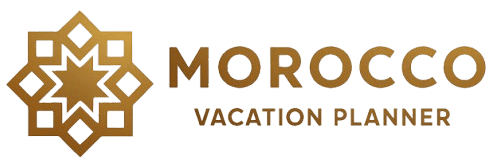When is the best time to visit Morocco: Your 7-Step Guide
When is the best time to visit Morocco
Quick Answer: Generally, the best time to visit Morocco is during spring, from mid-March to May, or during fall, from September to October. These months offer ideal weather conditions—comfortably warm temperatures (often 68-77°F / 20-25°C) and clear skies—perfect for exploring imperial cities, hiking the Atlas Mountains, visiting the Atlantic coast, and enjoying the Sahara Desert.
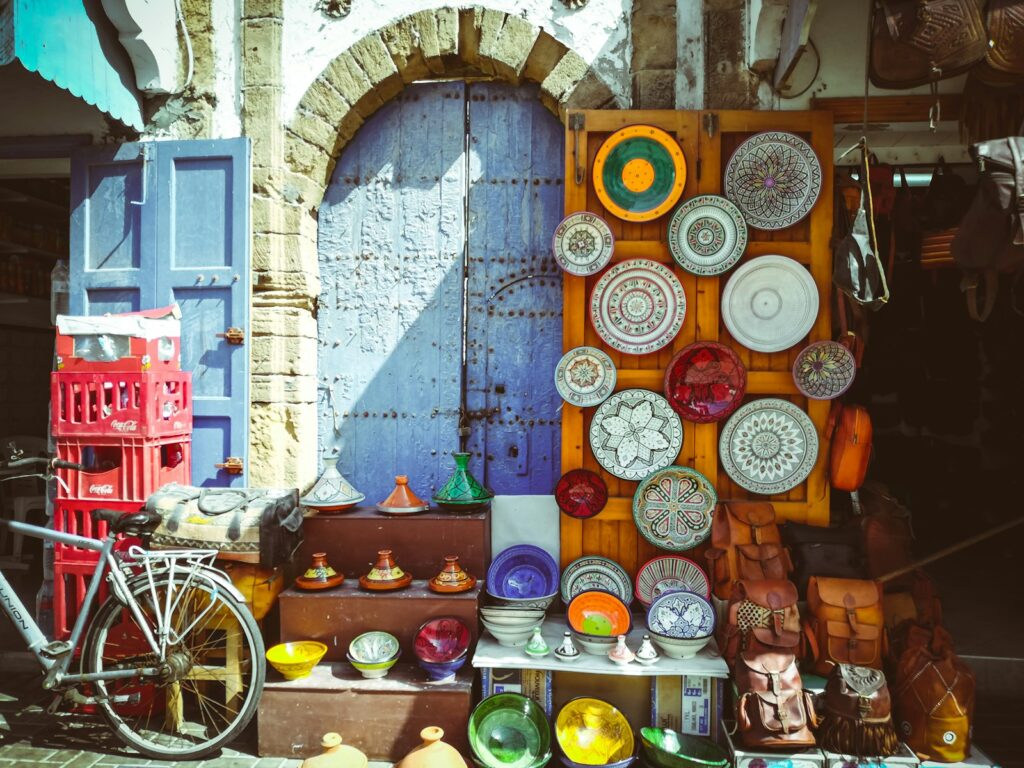
Understanding Morocco's Diverse Climate: A Land of Contrasts
Morocco’s climate varies widely, a common misconception being that it’s scorching hot all year. Its weather is influenced by four key geographical features: the Mediterranean Sea, the Atlantic Ocean, the Atlas Mountains, and the Sahara Desert. This diversity means distinct seasonal weather patterns across different regions.
- Northern Coast (Mediterranean): Enjoys mild, wet winters and hot, dry summers.
- Atlantic Coast (e.g., Essaouira, Agadir): Features mild temperatures year-round due to oceanic influence.
- Inland Areas (e.g., Marrakech, Fes): Experience more extreme temperatures, with summers often exceeding 100°F (38°C) and chilly winters.
- Atlas Mountains: Offer cooler weather and significant snowfall during winter, attracting skiers. They also provide amazing activities during warmer months.
- Sahara Desert: Characterized by extreme temperatures, with scorching hot days and cold nights. Rainfall is minimal, making desert excursions a popular activity. Dust-laden winds can occur anytime, especially in summer.
Plan Your Perfect Moroccan Adventure
When to Visit Morocco: A Seasonal Deep Dive
Morocco experiences four distinct seasons, each offering unique travel experiences.
Spring (March – May): The Golden Period
- Weather: Marked by pleasant temperatures, ranging from 15-28°C (59-82°F) in daytime, making it ideal for outdoor activities. Landscapes are lush, and gardens bloom with colorful flowers. Rainfall is minimal.
- Crowds & Cost: Considered the peak tourist season due to favorable weather, leading to increasing tourist numbers. However, it can also be considered a shoulder season, balancing good weather with potentially fewer crowds than summer. May often has lower average hotel prices and airfare.
- Activities: Perfect for hiking in the Atlas Mountains, exploring imperial cities like Marrakech and Fes, and comfortable desert excursions.
- Notable Events: The Rose Festival in the Dades Valley (May), the Marrakech Biennale (March-May), Marathon des Sables (April), Merzouga World Music Festival (April), and the Festival of World Sacred Music in Fez (May).
Summer (June – August): Coastal Charms & Vibrant Nights
- Weather: Brings high temperatures, especially in the interior and the Sahara Desert, where it can soar above 38°C (100°F). Coastal cities like Casablanca, Rabat, Essaouira, and Agadir remain cooler due to ocean breezes, typically ranging from 25-30°C (77-86°F).
- Crowds & Cost: This is peak tourist season for beach destinations, attracting both international and local vacationers, which can mean crowded beaches and higher prices. Inland cities may see fewer tourists due to the heat.
- Activities: Ideal for beach holidays, surfing, swimming, and sunbathing. Summer nights in cities like Marrakech are lively. For inland visits, prioritize early morning or late afternoon excursions to avoid peak heat. Staying hydrated and wearing sun protection are crucial.
- Notable Events: The Gnaoua World Music Festival in Essaouira (June), the Cherry Festival in Sefrou (June), Timitar Music Festival in Agadir (July), and the Feast of the Throne (July 30th).
Autumn (September – November): Ideal for Adventurers & Culture Seekers
- Weather: Offers mild weather and a comfortable transition from summer heat, with temperatures ranging from 20-30°C (68-86°F). Evenings can be cooler, especially in desert areas. Rain begins to increase, particularly in November.
- Crowds & Cost: This is another excellent time to visit with fewer crowds compared to summer peak. November often brings lower hotel rates and airfare, making it cost-effective for budget travelers.
- Activities: Perfect for trekking in the Atlas Mountains, visiting cultural sites, and exploring the Sahara Desert with comfortable temperatures for camel treks and camping. The harvest season offers delightful experiences for food enthusiasts.
- Notable Events: The Erfoud Date Festival (Autumn), Tanjazz Festival in Tangier (September), Imilchil Marriage Festival (September), and Independence Day (November 18th).
Winter (December – February): Snow, Sun & Savings
- Weather: Can be cold, especially in mountainous areas with snowfall, attracting skiers. Coastal regions remain mild (around 10-20°C / 50-68°F during the day), though nights can be chilly, especially in the desert and mountains. The rainy season runs from November to March, with the north receiving more rainfall.
- Crowds & Cost: Generally sees fewer tourists, making it a good time to avoid crowds and find deals, except during the Christmas and New Year holiday period which is a high tourist season. December, January, and February often offer the lowest average hotel prices and airfare.
- Activities: Excellent for skiing and snowboarding in the Atlas Mountains (e.g., Oukaïmeden, Ifrane). The south remains warmer, making it a good time to explore the Sahara Desert. City tours in places like Marrakech and Fes are comfortable without summer heat. It’s also a great time for surfing in coastal towns like Taghazout.
- Notable Events: The International Film Festival of Marrakesh (December), New Year’s Eve celebrations, often in the Sahara Desert, the Almond Blossom Festival in Tafraoute (February), and Yennayer (the Amazigh New Year) in January.
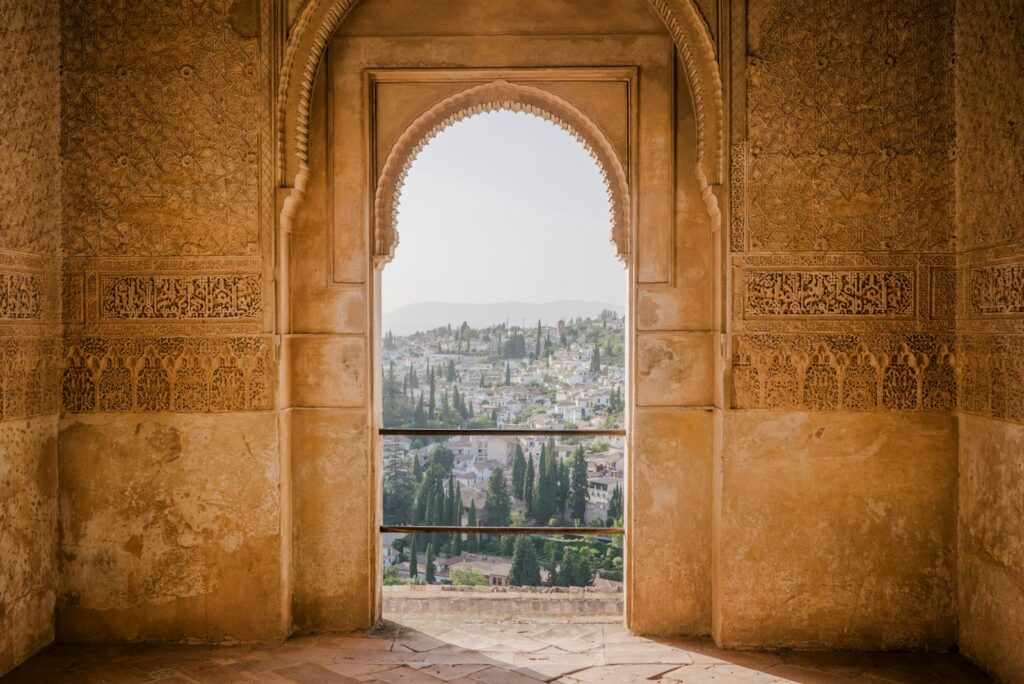
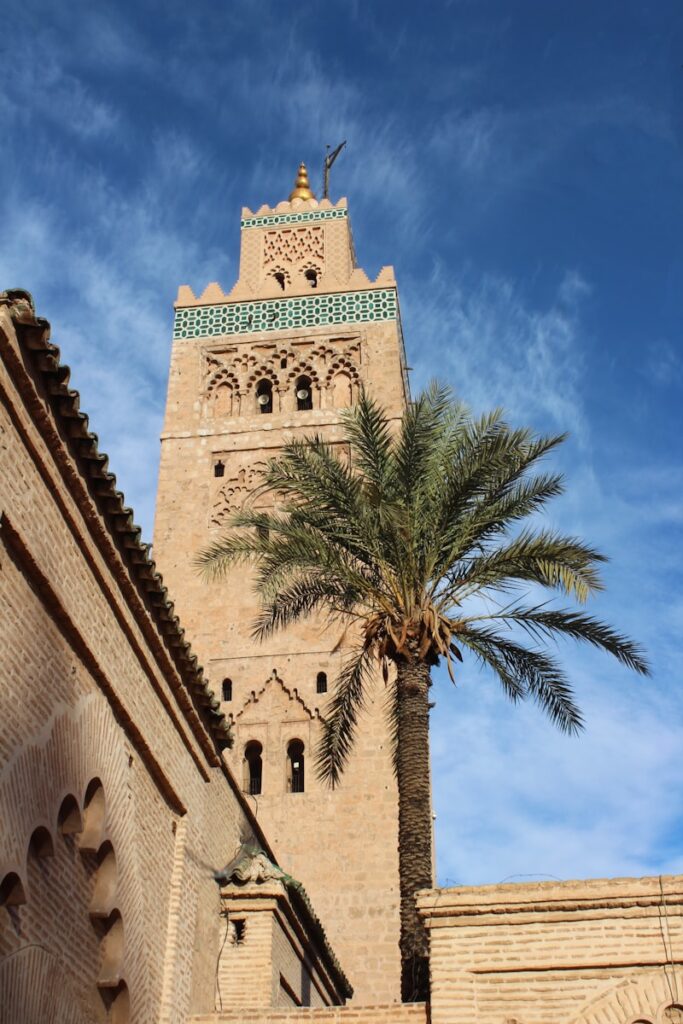
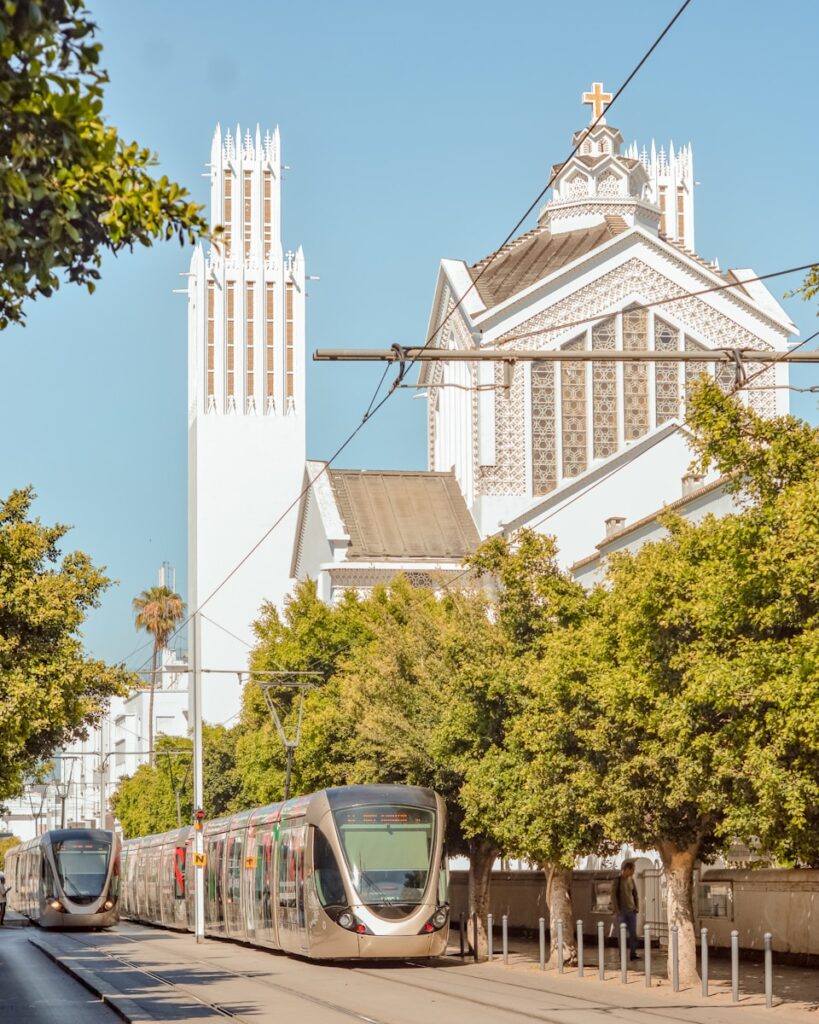
Morocco Month-by-Month: Your Detailed Planning Guide
To help you pinpoint the ideal time, here’s a quick overview of what to expect each month:
- January: Cooler temperatures (10-20°C / 50-68°F), fewer crowds, mild coastal weather, and opportunities for skiing in the Atlas Mountains.
- February: Mild temperatures (12-22°C / 54-72°F) and sunny days make it excellent for budget travelers. Highlights include the Almond Blossom Festival in Tafraoute.
- March: Comfortable temperatures (15-25°C / 59-77°F) with plenty of sunshine. Spring blooms begin, and it’s a great time for hiking and exploring cities like Fez and Rabat. Tourist numbers start to increase.
- April: Widely considered one of the best months to visit Morocco, with warm days (16-27°C / 61-81°F) and little rainfall. Ideal for Marrakech, the Sahara Desert, and enjoying spectacular wildflower displays.
- May: Temperatures continue to rise (18-29°C / 64-84°F), and crowds begin to pick up. Coastal areas remain pleasant, and the Rose Festival takes place.
- June: Signals the onset of summer, with hot temperatures inland (22-33°C / 72-91°F). Best for beach vacations and experiencing major festivals like the Gnaoua World Music Festival in Essaouira.
- July: Peak summer heat, especially inland (24-36°C / 75-97°F), making coastal cities like Tangier more appealing. Good for beach activities and cultural festivals in mountain villages.
- August: Similar to July, with steamy temperatures (25-37°C / 77-99°F). Focus on cooler coastal areas or the High Atlas Mountains. Coastal cities are busy with vacationers.
- September: Brings relief from summer heat (21-32°C / 70-90°F) and thinning crowds, making it one of the best times to go to Morocco. Ideal for exploring cities like Fez and enjoying comfortable conditions for desert tours.
- October: Another prime month for travel (18-28°C / 64-82°F), offering warm days and cool nights. Excellent for desert experiences and hiking in the Atlas Mountains, with prices beginning to drop.
- November: Mild temperatures (14-24°C / 57-75°F) and fewer crowds. Prime hiking weather across Morocco. The first winter rains may begin in northern regions. This is a cost-effective month.
- December: Cooler temperatures (10-20°C / 50-68°F), especially at night. It’s a great time for cultural experiences in cities like Marrakech, with opportunities for skiing in places like Ifrane. Fewer crowds generally, except for the Christmas/New Year holiday period. This is a cost-effective month.
Plan Your Perfect Moroccan Adventure: Dive into Our Guide
Choosing Your Best Time Based on Activities
Your preferred activities heavily influence the best time to visit Morocco.
Beach & Coastal Activities:
- For surfing, swimming, and sunbathing, late spring and summer months (June to September) are ideal, with warm weather and perfect water temperatures. Coastal areas are also a comfortable escape from inland summer heat.
- For a quieter experience, spring (March to May) and fall (September to November) are great, especially in popular spots like Essaouira which can be too packed in summer. Agadir is suitable for beach relaxation year-round. Water sports enthusiasts find best conditions from April to September.
Mountain Adventures & Trekking:
- The best time to visit the High Atlas Mountains for trekking is during spring and fall (March-May and September-November), when temperatures are moderate and wildflowers bloom.
- Winter months (December-February) are popular for snow activities around ski resorts like Oukaïmeden, though some high-altitude treks may be inaccessible due to snow. Chefchaouen is a peaceful retreat in the Rif Mountains, especially charming after spring rains.
Desert Tours & Sahara Expeditions:
- Exploring the Sahara Desert is best during the cooler months of fall and early spring (October to April). Temperatures are comfortable for activities like camel rides, climbing dunes, and overnight stays in desert camps.
- Avoid summer (June-August), as temperatures can be unbearably high, making activities uncomfortable. Merzouga (Erg Chebbi dunes) and Zagora are popular desert destinations.
Cultural & City Exploration:
- Spring and fall are ideal for festival-goers and exploring vibrant imperial cities like Marrakech and Fez due to pleasant weather conditions.
The cooler winter months (December-February) are excellent for exploring historical sites in cities like Marrakech, Fes, and Rabat without the intensity of summer heat.
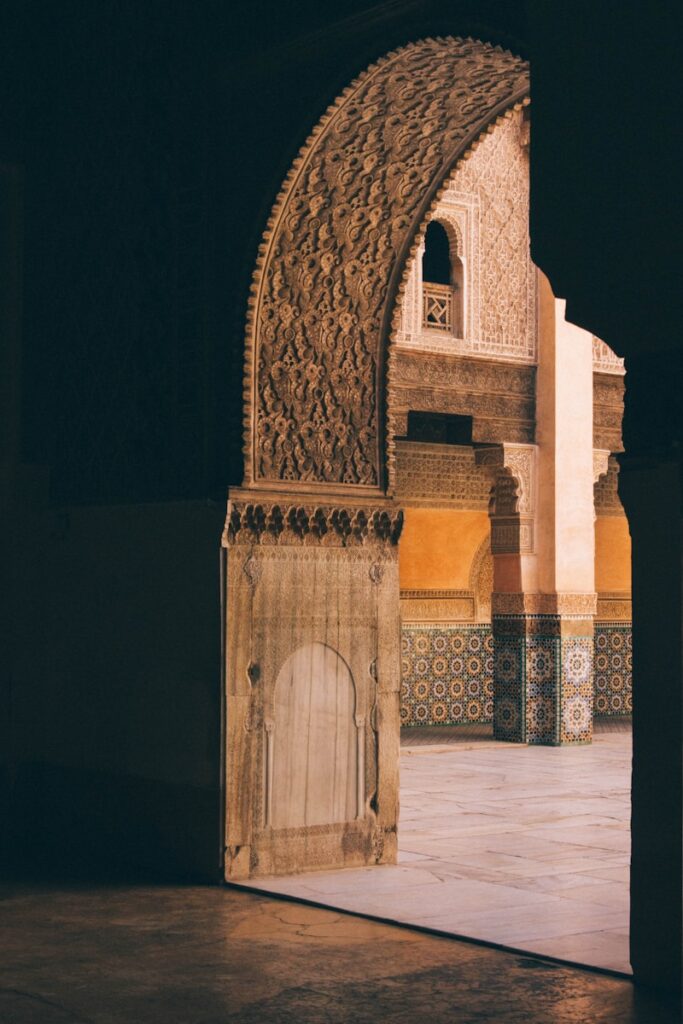
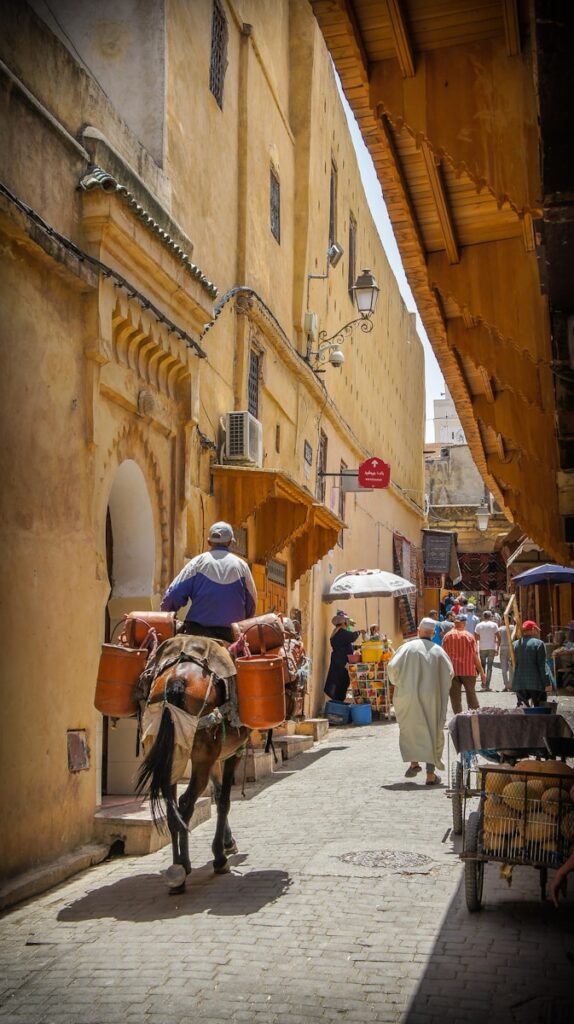
Navigating Cultural Events & Holidays in Morocco
Morocco’s rich cultural tapestry is showcased through numerous festivals and religious observances.
Ramadan: A Unique Cultural Experience
- Dates: Ramadan is the Islamic holy month of fasting, and its dates vary annually as it follows the lunar calendar (e.g., 2024: March 10 – April 9; 2025: February 28 – March 29).
- What to Expect: During daylight hours, Muslims fast from sunrise to sunset, abstaining from food, drink, smoking, and sex. Many local cafés and restaurants may have limited hours or close during the day. Travelers should be mindful and avoid eating or drinking in public during daylight hours as a sign of respect. Efficiency may drop, and guides/drivers might be less active.
- After Sunset: Cities come alive after sunset for Iftar, the meal that breaks the fast. Streets bustle with celebrations, music, and entertainment, with many cafes and stalls open until late. Joining a local family for Iftar can be a unique and rewarding cultural immersion.
- Decision: Visiting during Ramadan can offer a fascinating glimpse into Moroccan traditions and a quieter, more introspective experience. However, travelers seeking bustling activity and full access to tourist amenities might prefer visiting outside of Ramadan.
Major Festivals Calendar (Beyond Seasonal)
- Yennayer (Amazigh New Year): Celebrated on January 12th and 13th, particularly in the Middle Atlas region, with traditional Berber music, dance, and couscous.
- Almond Blossom Festival (Tafraoute): Held every February, transforming the Anti-Atlas Mountains with pink and white blossoms and featuring traditional Berber music and crafts.
- International Nomads Festival (M’Hamid El Ghizlane): A free open-air event in March celebrating nomadic culture through poetry, music, dance, and handicrafts.
- Gnaoua World Music Festival (Essaouira): An electrifying annual event every June, celebrating Gnaoua music with traditional African, Berber, and Arabic rhythms.
- Feast of the Throne: Celebrated on July 30th, commemorating the King’s accession with parades and festivities.
- Imilchil Marriage Festival: A traditional Berber custom in early September where families meet for marriages, featuring ceremonies visitors can observe.
- Erfoud Date Festival: Celebrated in October, marking the date harvest with music, dancing, and local cuisine.
- Marrakesh International Film Festival: A top winter event held in December for movie enthusiasts.
- Tan Tan Moussem: A UNESCO-recognized cultural festival in December, bringing together over 30 tribes to worship, exchange stories, and compete in camel races.
- Islamic Holidays (Varying Dates):
- Eid al-Fitr: Marks the end of Ramadan with festive celebrations.
- Eid al-Adha: An important celebration focusing on traditions of sharing and charity. Businesses may be closed, and transport can be packed.
- Mouloud: The Prophet’s Birthday, widely observed with moussems (festivals).
Budget & Crowds: Optimizing Your Travel Experience
Understanding peak and off-peak seasons can significantly impact your budget and comfort.
Peak Seasons:
- Spring (March-May) and Fall (September-October) are the most popular times due to ideal weather, leading to increased tourist numbers, more crowded attractions, and higher prices for accommodations and tours.
- Summer (June-August) is also a high season, particularly for coastal areas, which become packed with tourists.
- The Christmas and New Year period in December also sees a significant increase in tourists.
Shoulder Seasons:
- The periods from April to May and September to November are often considered shoulder seasons. They offer a good balance of pleasant weather and somewhat fewer crowds than the absolute peak, potentially allowing for more comfortable exploration of popular spots.
Off-Peak / Best Value:
- For budget-conscious travelers, May, November, and December generally offer the lowest average hotel prices and round-trip airfare costs.
- January and February are also excellent for avoiding crowds and finding better deals post-holiday season.
Tip: To avoid crowds at popular tourist destinations like Marrakesh, Fes, and Chefchaouen, consider visiting during weekdays rather than weekends.
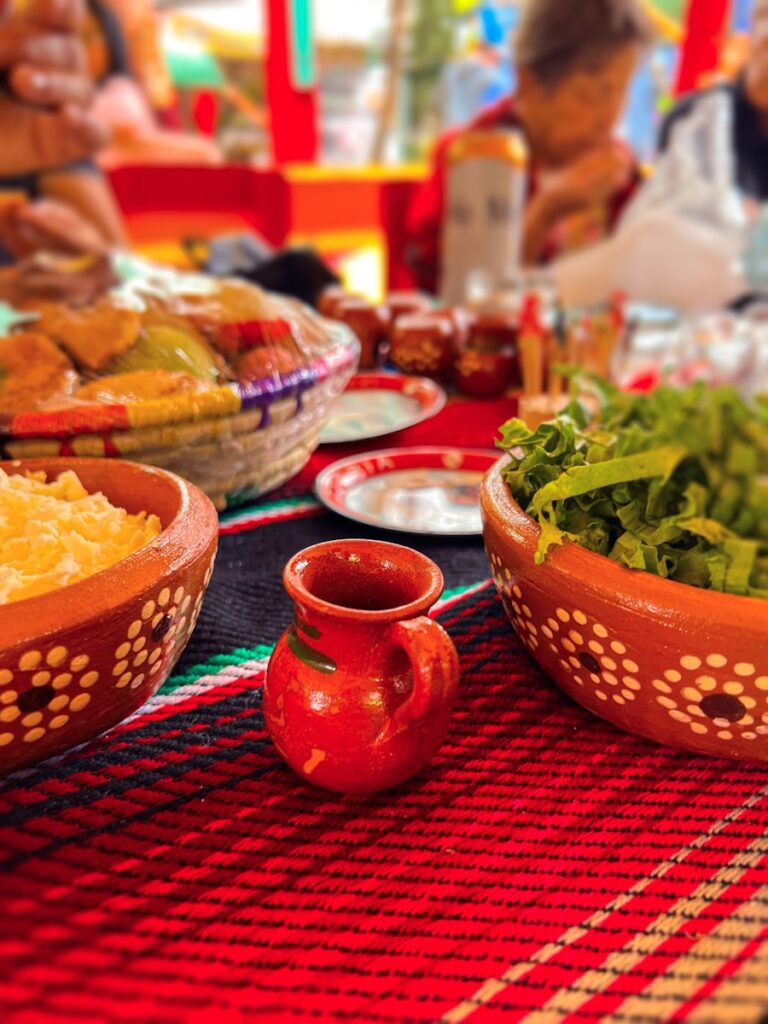

Practical Tips for a Smooth Moroccan Journey
To ensure a comfortable and enriching trip, consider these practical tips.
Accommodation and Booking Strategy:
- Staying in a traditional riad in cities like Marrakesh and Fez offers an authentic experience.
- Book early, especially for hotels or riads in busy seasons like spring and fall, due to Morocco’s year-round popularity.
- Compare options in the Medina for central locations near bustling souks and historic sites.
- Read guest reviews to ensure the accommodation meets your expectations.
Travel Logistics and Local Customs:
- Transportation: Taxis are common for city travel (agree on fare beforehand). Buses are best for longer distances, and trains (ONCF) are ideal for travel between major cities.
- Dress Modestly: Morocco is a Muslim country, and dressing conservatively, especially in rural areas, is a sign of respect.
- Bargaining: In markets (souks), bargaining is expected and is part of the cultural experience.
- Mint Tea: Try the traditional mint tea, a symbol of Moroccan hospitality.
- Greetings: Learning a few greetings in Arabic or Berber can enhance your connection with locals.
Safety & Guidance:
- Stay Vigilant: Keep an eye on personal belongings in crowded areas to protect against pickpocketing.
- Guided Tours: Consider hiring a local guide for exploring intricate medinas or areas off the beaten path.
Preparing for the Weather:
- Packing: Pack layers for spring and fall. For winter, be prepared for cooler temperatures, especially mornings and evenings, and potential rain in the north. For summer, be ready for high temperatures, especially inland, and prioritize hydration and sun protection. Having a flexible travel schedule helps adapt to weather changes.
faq
Frequently Asked Questions (FAQs) – For Quick Answers
The best months to visit Morocco are typically March to May or September to November due to mild weather and fewer crowds.
The summer months of July and August can be extremely hot, especially in inland areas like Marrakech and Fez, making sightseeing uncomfortable.
In Marrakech, winters have daytime temperatures around 20°C (68°F), summers are very hot, often exceeding 35°C (95°F), while spring and fall offer more moderate conditions, making them ideal times to visit.
March through May and September through October are popular times to visit due to ideal weather and festivals. The summer months (June to August) are also peak, especially for coastal areas.
May, November, and December generally offer the lowest hotel rates and airfare costs, making them cost-effective.
Moroccan winters (November to February) are generally mild, with daytime temperatures around 15-20°C (59-68°F). Nights can be colder, especially in the desert and mountainous regions, where snowfall also occurs
The rainy season in Morocco is typically from November to March, with coastal areas and the north receiving more rainfall.
The high season in Morocco is generally during the summer months (June to August) for beaches, but also March-May and September-October for overall pleasant weather and cultural activities.
The dry season in Morocco is from April to October, characterized by warm temperatures and minimal rainfall, making it ideal for exploring various landscapes.
Yes, it is acceptable to visit during Ramadan. While daily routines slow down (many places have limited daytime hours, and public eating/drinking is discouraged), evenings come alive with unique cultural and religious celebrations like Iftar. It offers a unique and spiritual experience if you respect local customs.
